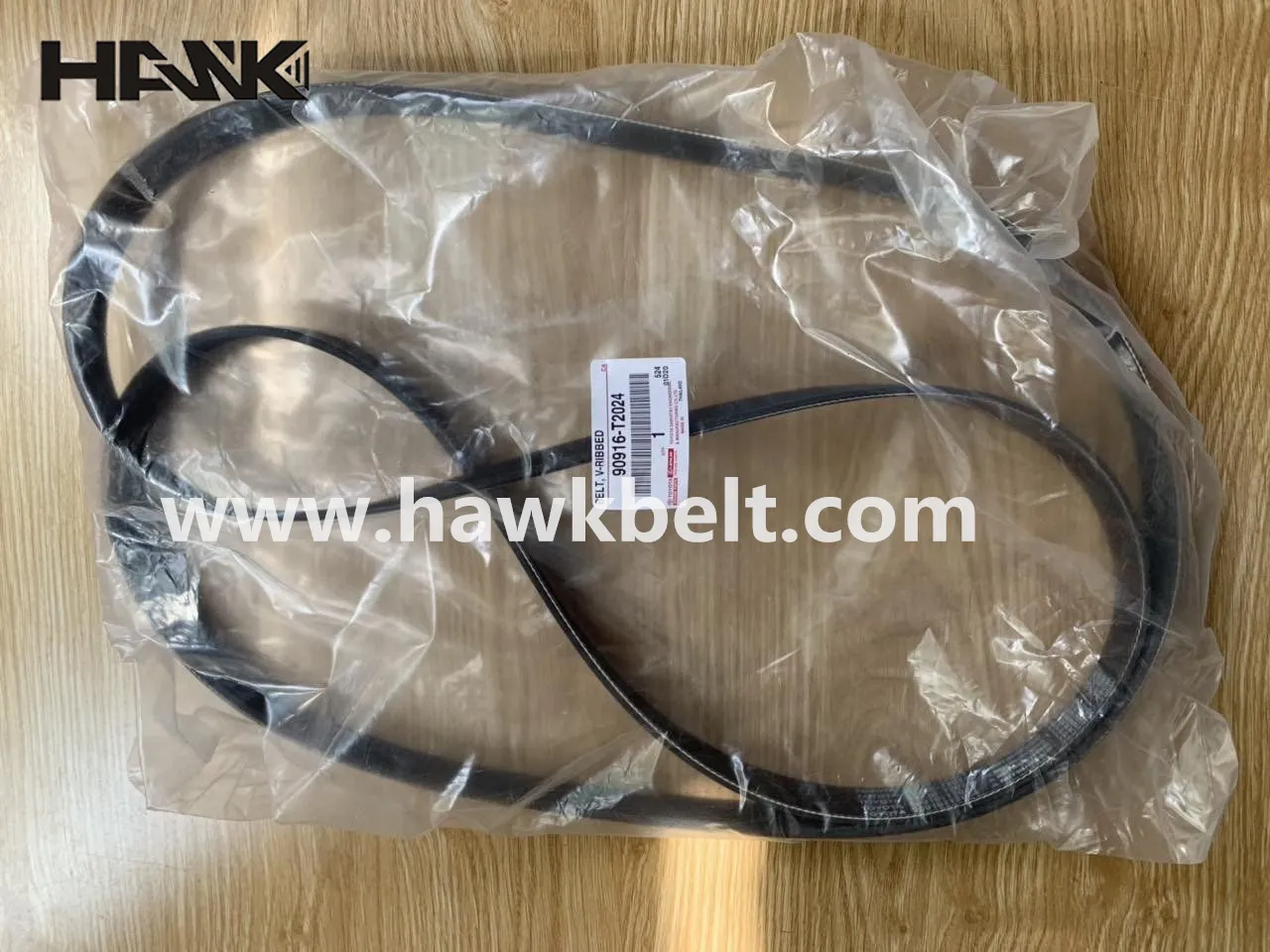- Arabic
- French
- Russian
- Spanish
- Portuguese
- Turkish
- Armenian
- English
- Albanian
- Amharic
- Azerbaijani
- Basque
- Belarusian
- Bengali
- Bosnian
- Bulgarian
- Catalan
- Cebuano
- Corsican
- Croatian
- Czech
- Danish
- Dutch
- Afrikaans
- Esperanto
- Estonian
- Finnish
- Frisian
- Galician
- Georgian
- German
- Greek
- Gujarati
- Haitian Creole
- hausa
- hawaiian
- Hebrew
- Hindi
- Miao
- Hungarian
- Icelandic
- igbo
- Indonesian
- irish
- Italian
- Japanese
- Javanese
- Kannada
- kazakh
- Khmer
- Rwandese
- Korean
- Kurdish
- Kyrgyz
- Lao
- Latin
- Latvian
- Lithuanian
- Luxembourgish
- Macedonian
- Malgashi
- Malay
- Malayalam
- Maltese
- Maori
- Marathi
- Mongolian
- Myanmar
- Nepali
- Norwegian
- Norwegian
- Occitan
- Pashto
- Persian
- Polish
- Punjabi
- Romanian
- Samoan
- Scottish Gaelic
- Serbian
- Sesotho
- Shona
- Sindhi
- Sinhala
- Slovak
- Slovenian
- Somali
- Sundanese
- Swahili
- Swedish
- Tagalog
- Tajik
- Tamil
- Tatar
- Telugu
- Thai
- Turkmen
- Ukrainian
- Urdu
- Uighur
- Uzbek
- Vietnamese
- Welsh
- Bantu
- Yiddish
- Yoruba
- Zulu
Nov . 29, 2024 12:13 Back to list
Understanding the Mechanics and Applications of Power Transmission Belts in Various Industries
Power Transmission Belts An Overview
Power transmission belts are foundational components in many mechanical systems, playing a critical role in transmitting power from one component to another. These belts are widely utilized across various industries, including automotive, manufacturing, and agricultural sectors. Understanding the types, functions, and applications of power transmission belts is essential for engineers, technicians, and anyone involved in mechanical design or maintenance.
Types of Power Transmission Belts
There are several types of power transmission belts, each designed for specific applications and requirements. The most common types include
1. V-Belts Recognized for their trapezoidal cross-section, V-belts are designed to fit into matching grooved pulleys. They provide efficient power transfer due to their wedging action, which increases grip as the load increases. V-belts are widely used in automotive engines, industrial machinery, and HVAC systems.
2. Flat Belts These are the simplest form of power transmission belts, featuring a rectangular cross-section. Flat belts are effective over long distances and are often used in applications where pulleys are spaced far apart. However, they require a high level of tension to prevent slipping, which can lead to greater wear and tear.
3. Timing Belts Also known as synchronous belts, timing belts feature teeth that engage with corresponding grooves on the pulleys. This design ensures precise movement, making them ideal for applications requiring exact timing, such as in camshafts of internal combustion engines and in various automated systems.
4. Round Belts Typically used in pulley systems where friction is needed rather than precise movement. They provide flexibility and are commonly found in applications like conveyor systems and light-duty machinery.
Key Functions and Benefits
power transmission belt

The primary function of power transmission belts is to transfer rotational power efficiently and reliably between different parts of machinery. This transfer allows for various mechanical movements and is crucial in powering systems such as conveyor belts, gear systems, and turbines.
The benefits of using power transmission belts include
- Efficiency Power transmission belts can efficiently transmit power with minimal energy loss compared to other systems, such as chains or gears. - Flexibility They can accommodate various loads, speeds, and orientations, making them suitable for diverse applications. - Cost-Effectiveness Compared to more complex mechanical systems, belts are generally less expensive to manufacture and maintain. - Ease of Replacement Belts can be easily replaced when worn or damaged, reducing downtime in industrial settings.
Applications of Power Transmission Belts
Power transmission belts find applications in a myriad of settings. In the automotive industry, they are essential for connecting components like the alternator, water pump, and air conditioning compressor through the engine. In manufacturing, belts drive conveyor systems, enabling efficient movement of materials and finished products.
Moreover, agricultural machinery often utilizes belts for power transmission in implements like combines and tractors. These machines rely on belts to facilitate operations such as cutting, harvesting, and transporting grains.
Conclusion
In summary, power transmission belts are integral to the functionality of numerous machines and systems across various industries. Their diverse types, including V-belts, flat belts, timing belts, and round belts, allow for tailored solutions that meet specific mechanical demands. The efficiency, cost-effectiveness, and ease of maintenance associated with power transmission belts make them a preferred choice for engineers and manufacturers alike. As technology continues to advance, innovations in belt design and materials are expected to further enhance their performance, ensuring they remain a vital component in the mechanics of the future.
-
Upgrade Power Steering Pump Belt for Smooth, Quiet Operation
NewsAug.27,2025
-
Precision Timing Belt & Chain: Engine Performance & Durability
NewsAug.26,2025
-
Precision Lathe Drive Belts: Durable & Reliable Performance
NewsAug.25,2025
-
84.5 Serpentine Belt: Durable & Precision Fit for Your Engine
NewsAug.24,2025
-
Premium Ribbed Drive Belts for Quiet Power Transmission
NewsAug.23,2025
-
High-Performance Vehicle Timing Belt for Engine Precision
NewsAug.22,2025

